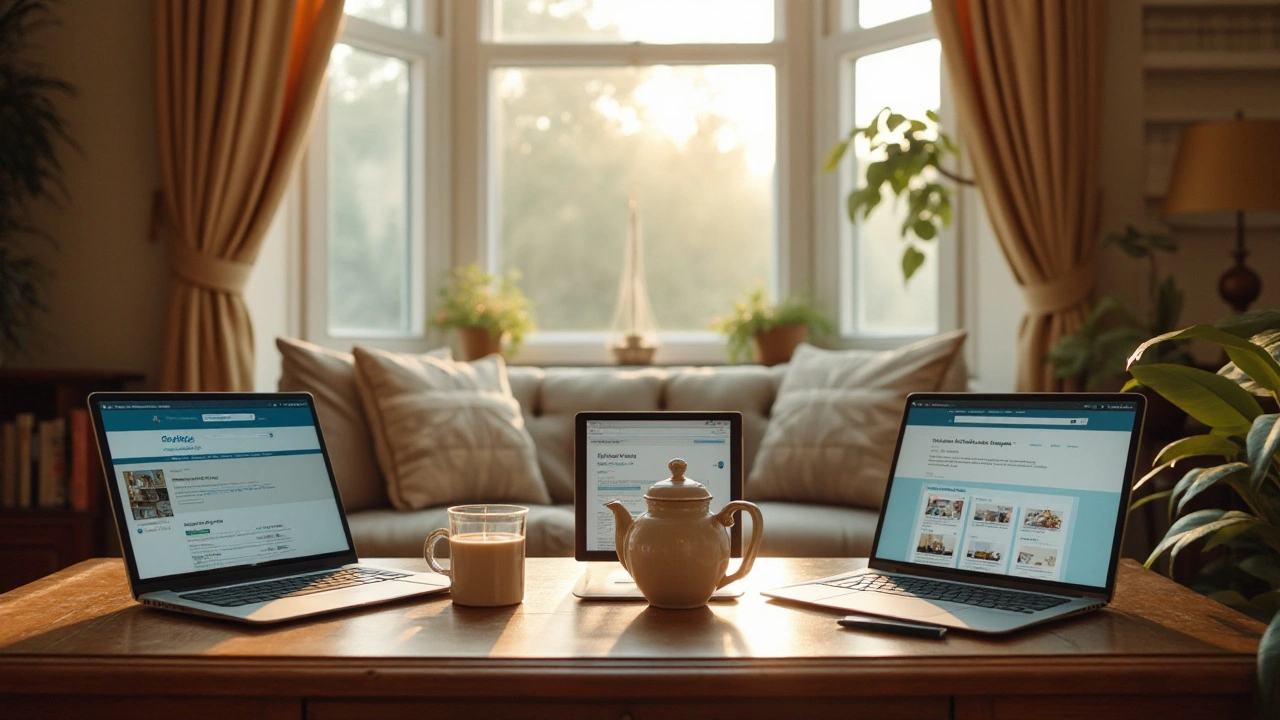Telemedicine Options: Your Quick Guide to Virtual Care
If you’re looking for medical help without leaving home, telemedicine is the answer. It lets you see a qualified clinician through video, chat, or phone, saving time and often money. Below we break down how to choose the right service and what actually happens when you log on.
How to Pick the Right Telemedicine Service
First, check if the platform is licensed in your country or state. A quick glance at their website for a pharmacy license number or a link to a regulator will tell you if they’re legit. Next, compare pricing – some services charge per visit, others have monthly subscriptions. Think about how often you’ll need care and pick the model that fits your budget.
Read user reviews, but focus on specifics: “fast connection,” “doctor explained everything,” or “prescription arrived quickly.” Vague praise like “great service” isn’t useful. Also, see if they accept your insurance; many plans now cover video visits, and the provider’s billing page will list participating insurers.
Finally, test the tech before you need it. Most apps let you do a free trial or a short demo call. Make sure your internet speed supports video (at least 3 Mbps) and that the app works on both phone and computer. If you struggle with setup, choose a platform with a simple interface and clear instructions.
What Happens During a Virtual Visit
When your appointment starts, the clinician will ask the same questions they would in an office: symptoms, medical history, allergies, and current meds. Have a list ready – it speeds things up and reduces errors. If you’re discussing a new prescription, the doctor can send it directly to a pharmacy that offers delivery.
During the video call, expect a quick visual check. The doctor might ask you to show a rash or demonstrate range of motion. They’ll guide you on how to position your camera for the best view. If they need more data, they may order lab tests and have results sent electronically.
After the visit, you’ll get a summary email with next steps, prescription details, and any follow‑up appointments. Most services let you message the doctor within 24 hours for clarification – great if a side effect shows up or you forget something they said.
Remember, telemedicine isn’t a cure‑all. For emergencies, severe injuries, or conditions requiring physical exams, head to an urgent care center or call emergency services. But for colds, skin rashes, mental health check‑ins, and prescription refills, virtual visits work perfectly.
Bottom line: pick a licensed, well‑reviewed platform that fits your budget, test the tech ahead of time, and come prepared with your medical info. With those steps in place, telemedicine can give you fast, reliable care from the comfort of home.

This article explores various alternatives to ZipHealth, providing insights into different online healthcare and pharmacy options available. It offers a comprehensive look at services like Lemonaid Health, Ro Pharmacy, and GoodRx among others, detailing their benefits and drawbacks. Readers can learn about the pros and cons of each platform, helping them make informed decisions. The article concludes with a comparison table summarizing key features of each alternative, making it easy to compare.
Read More